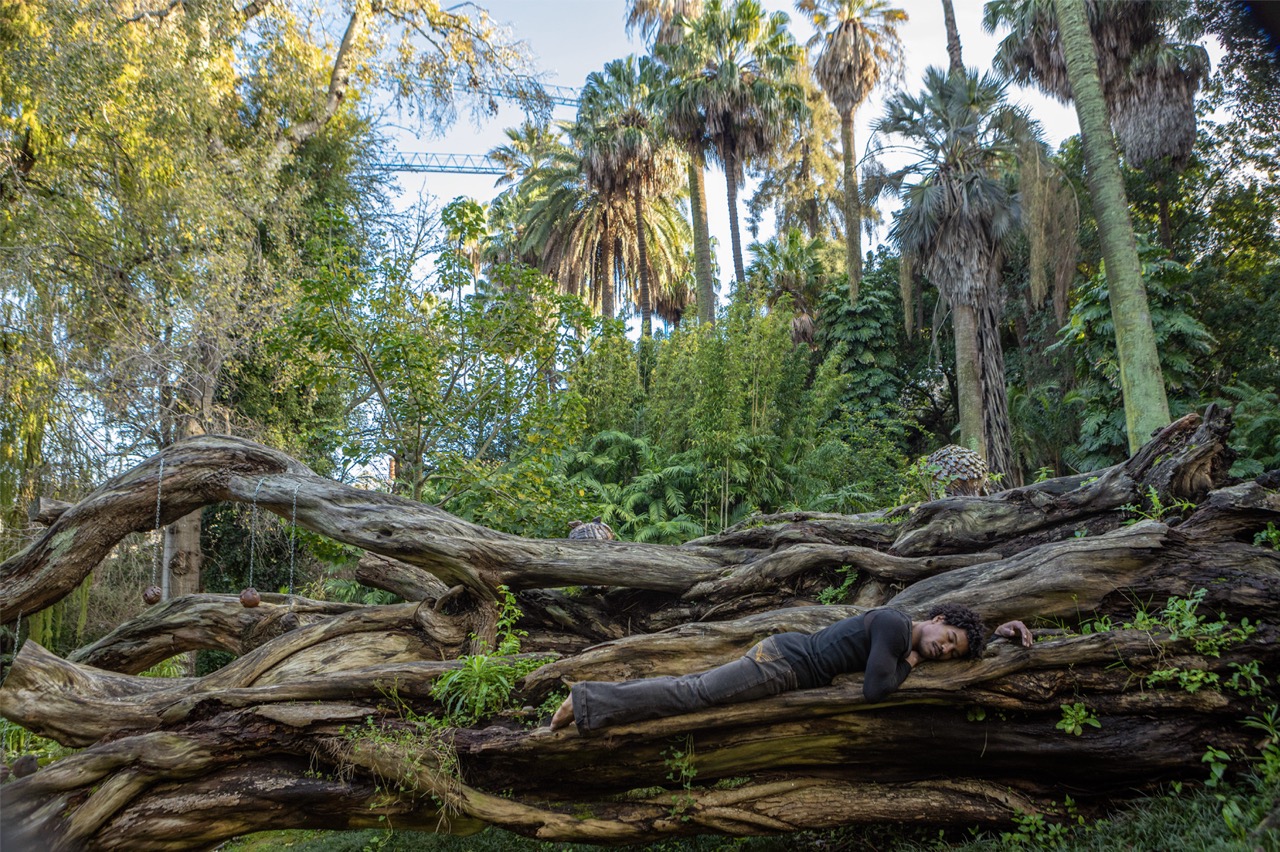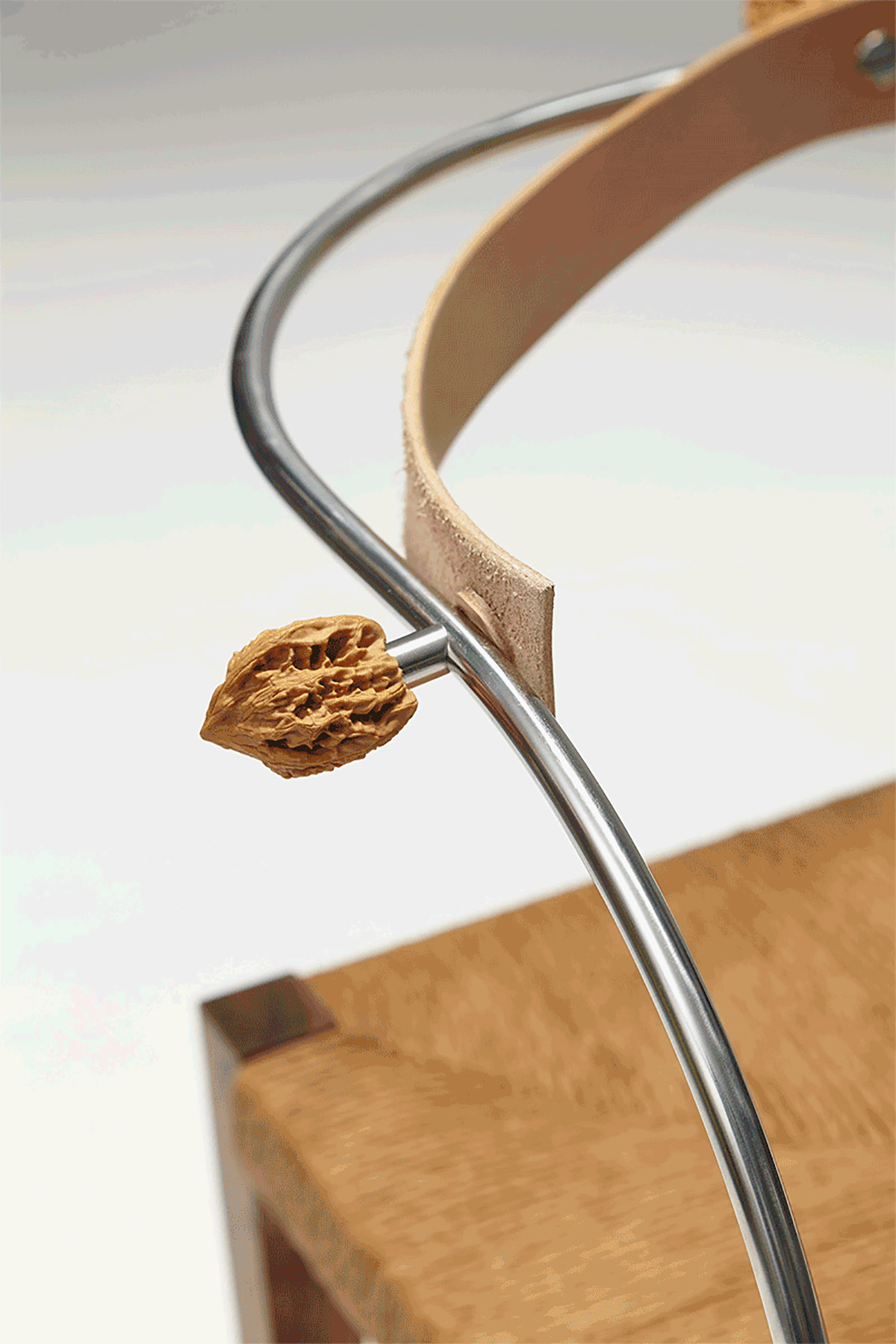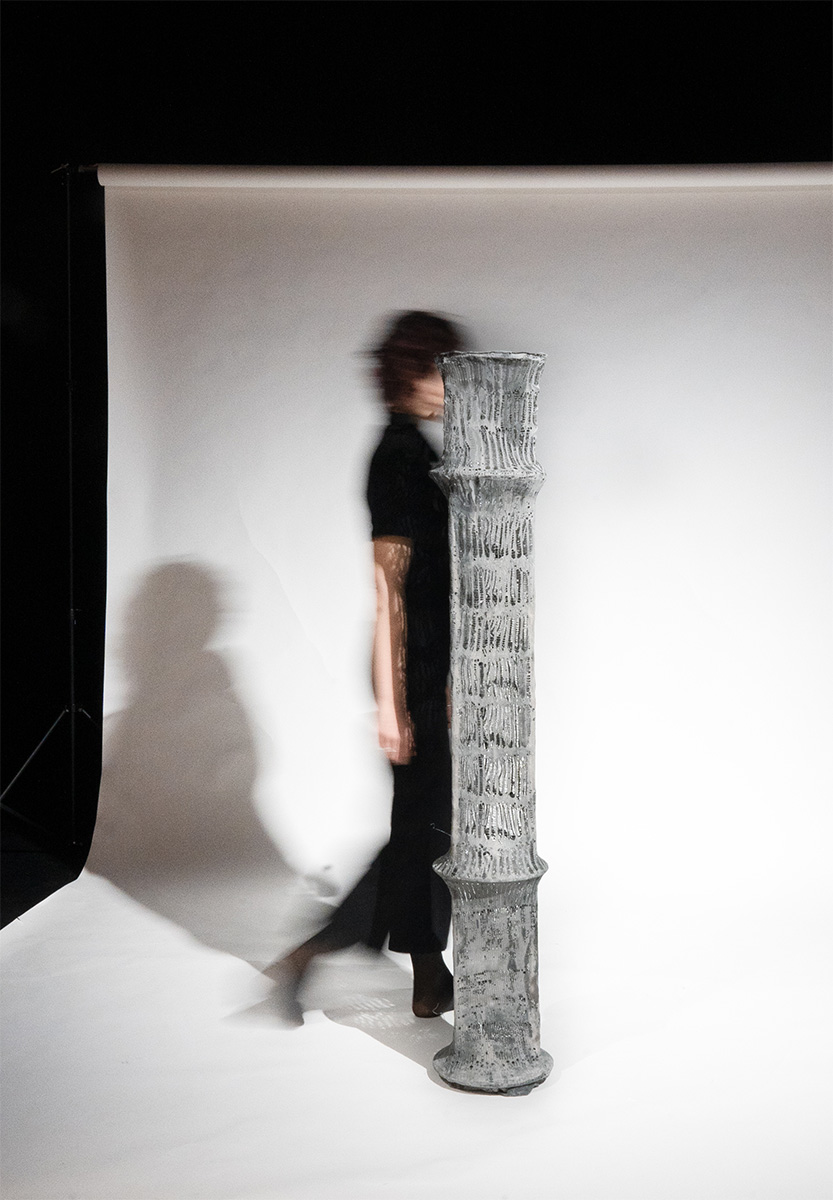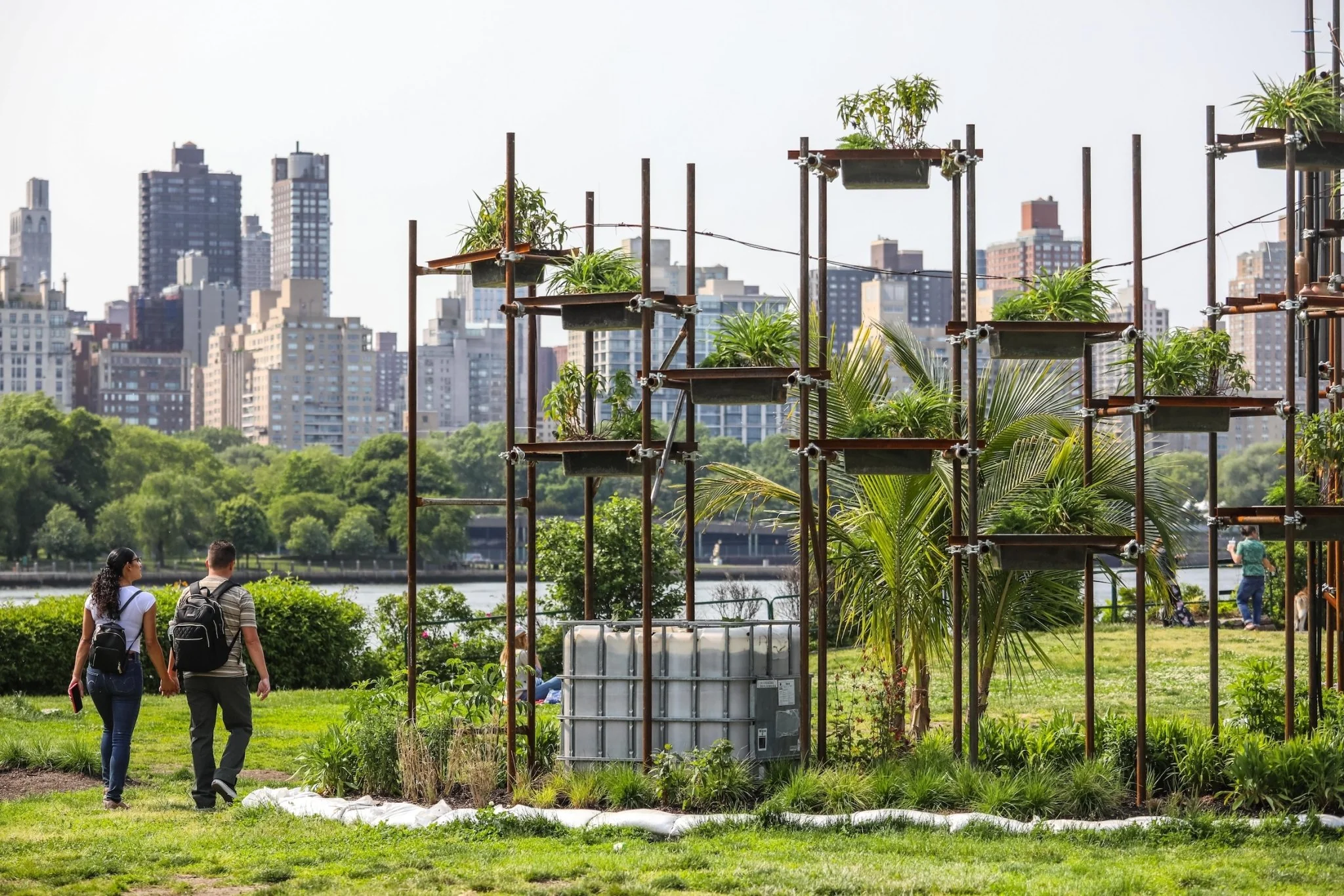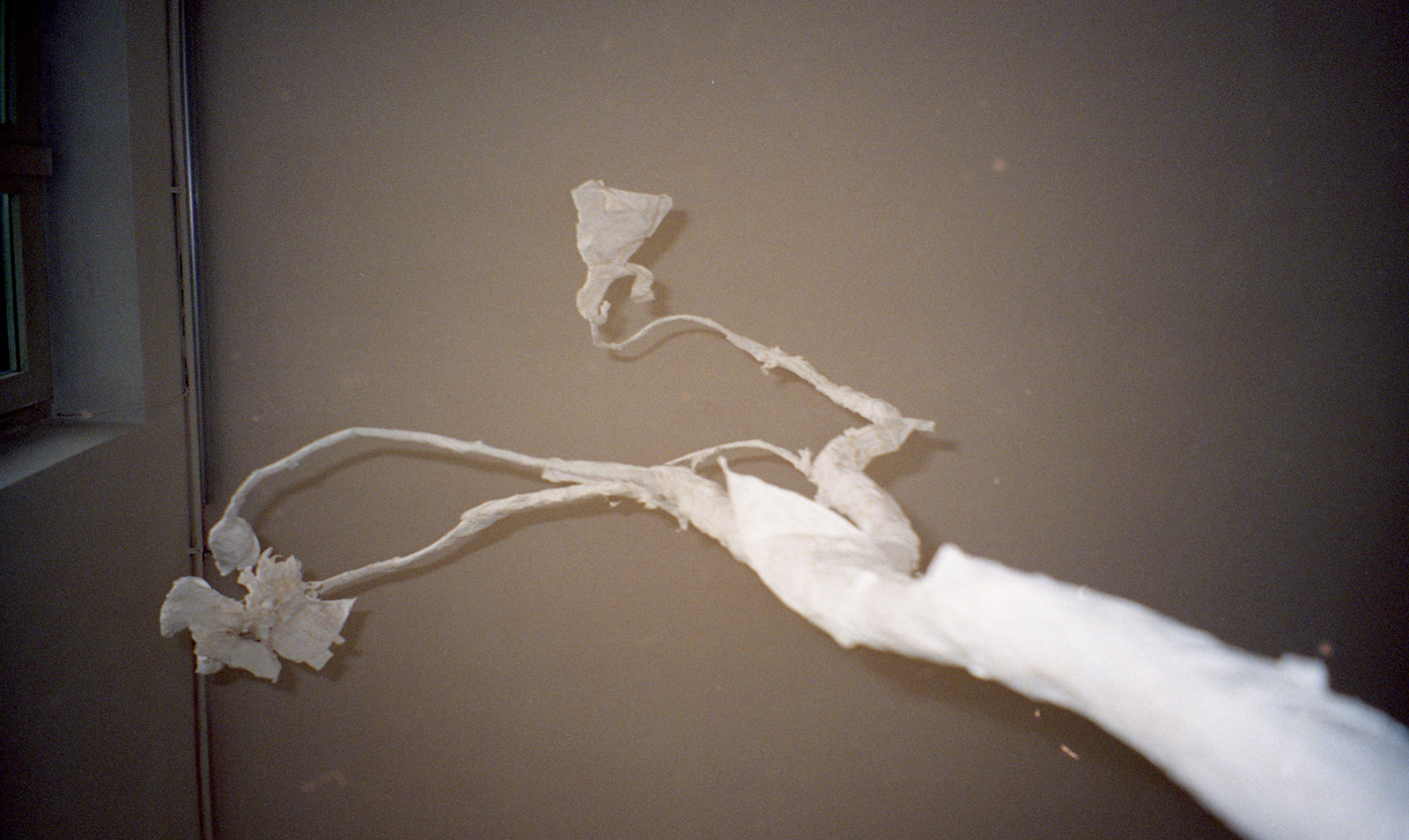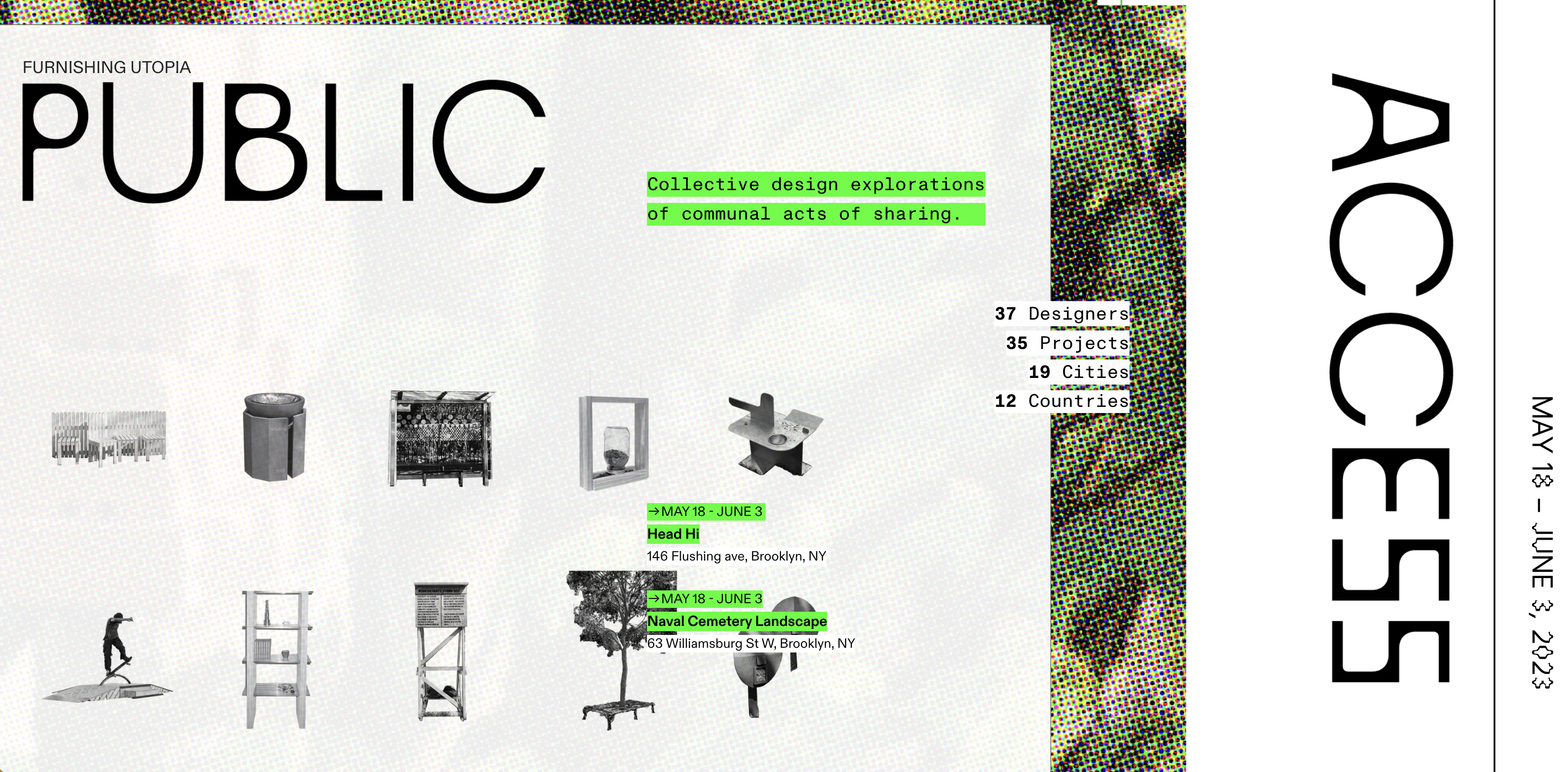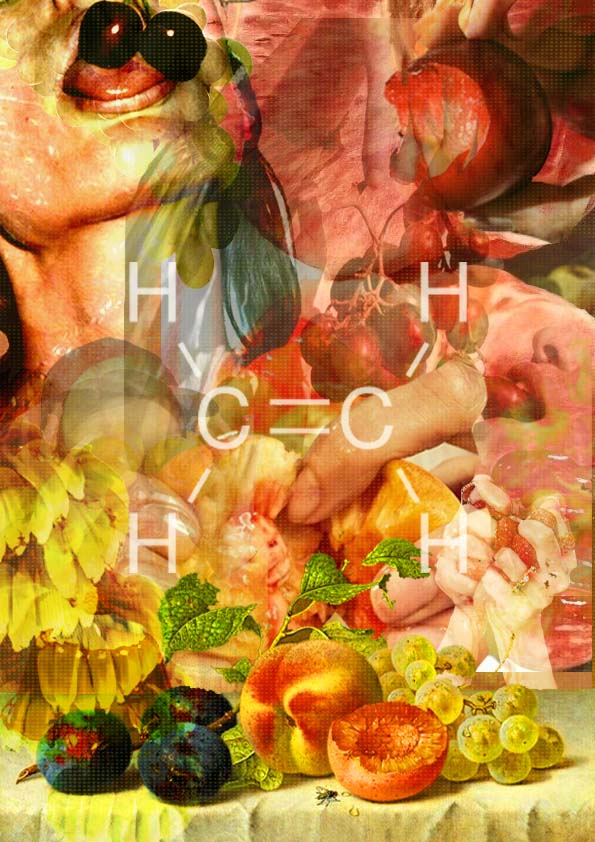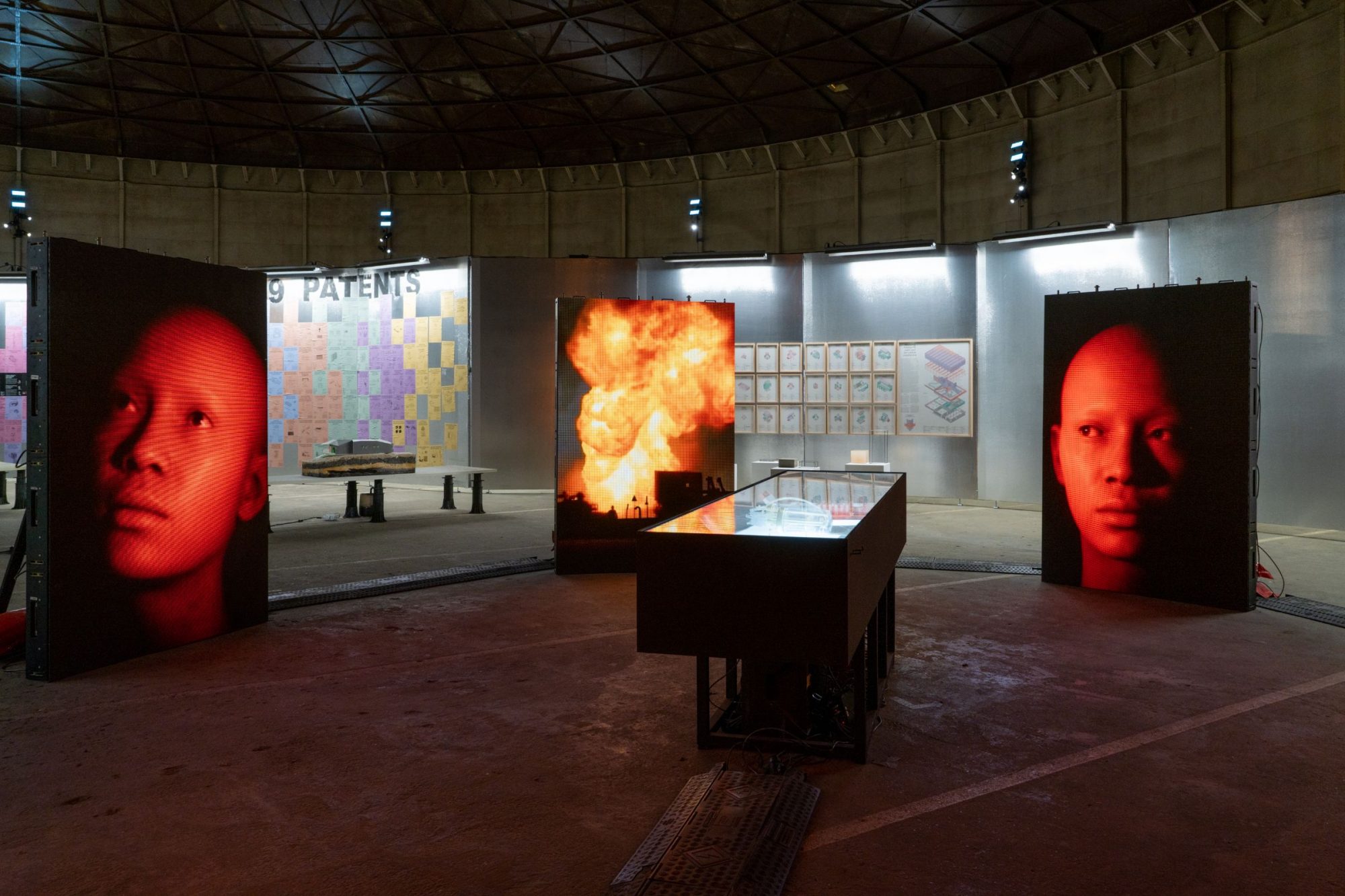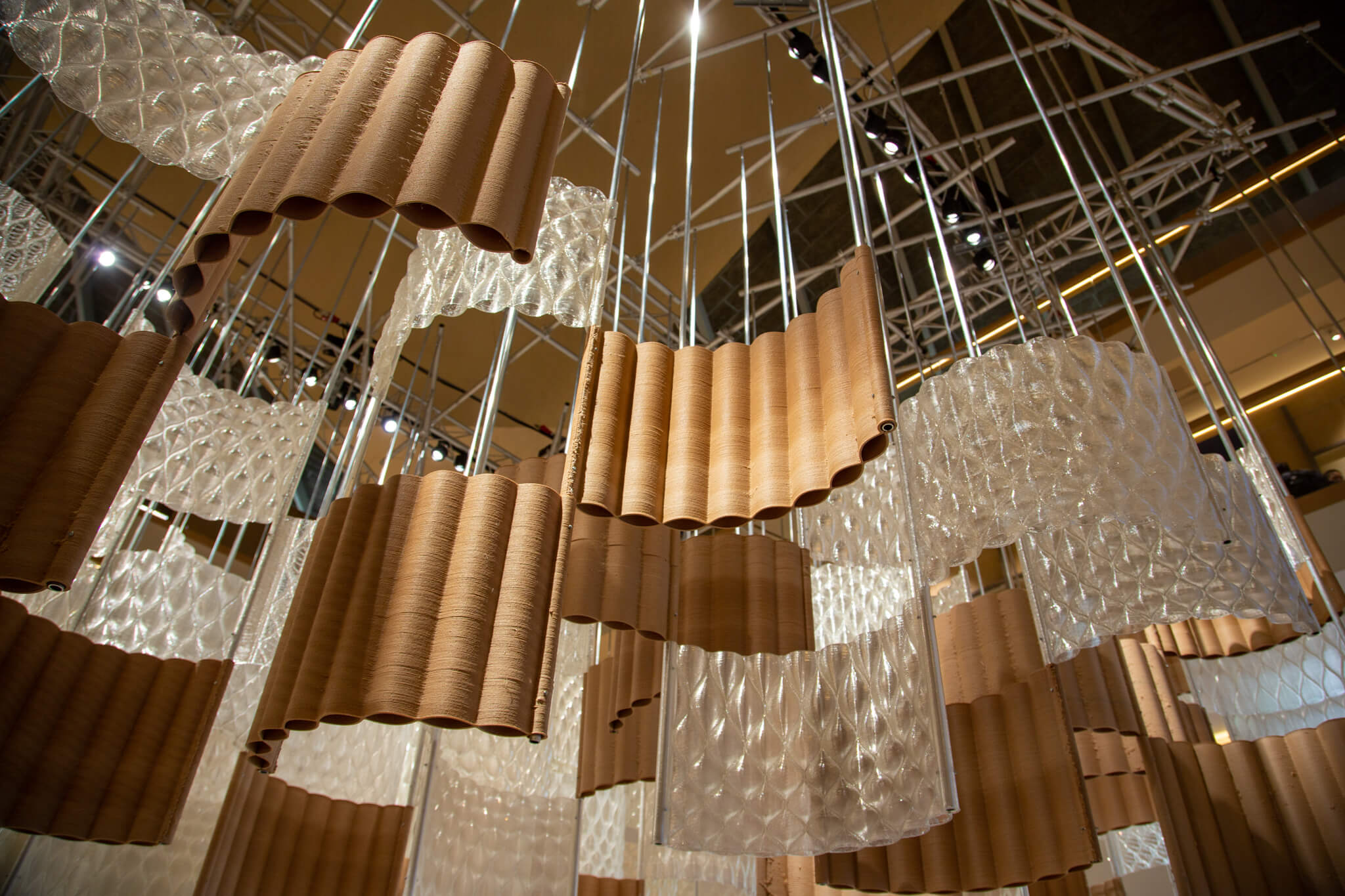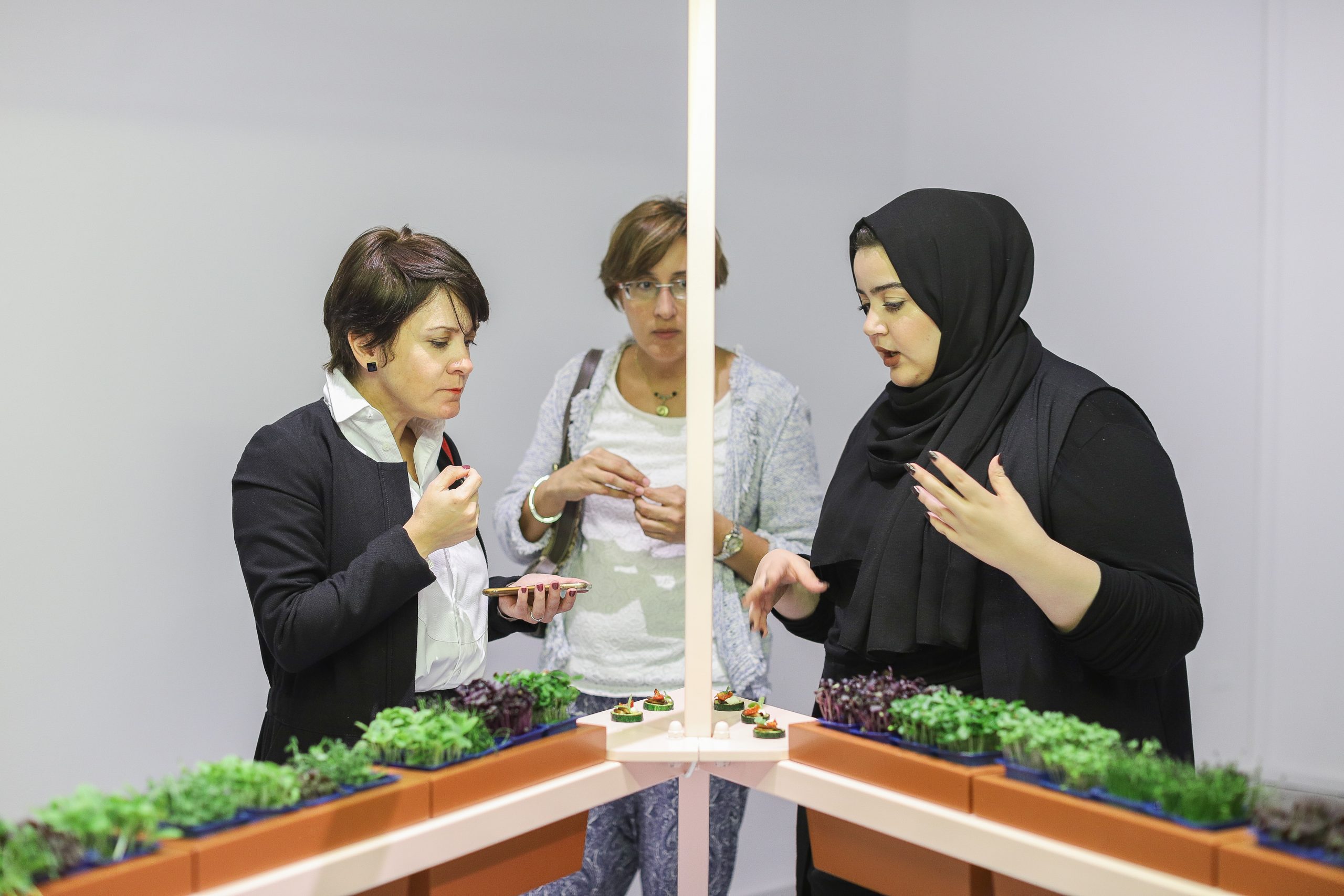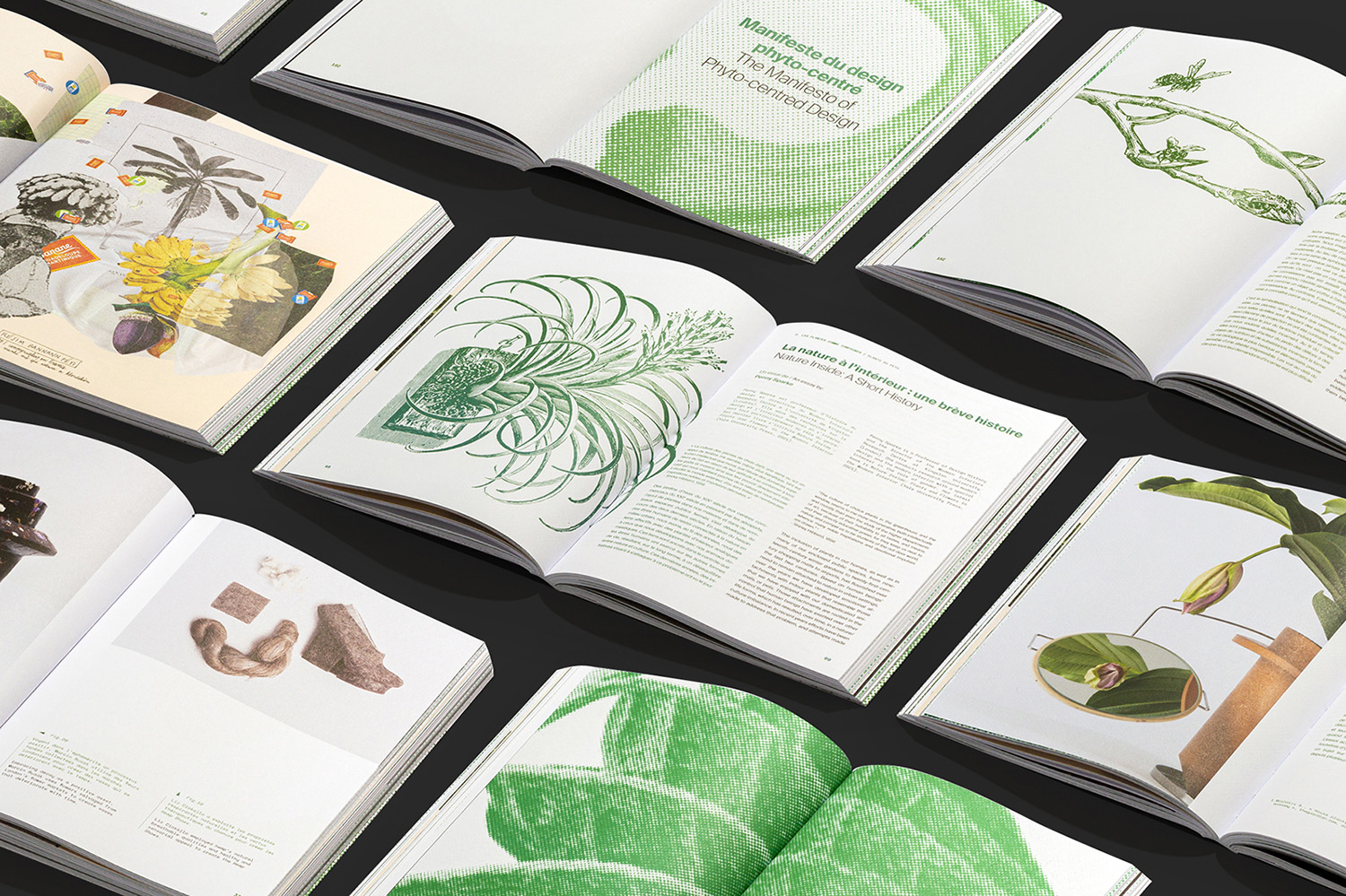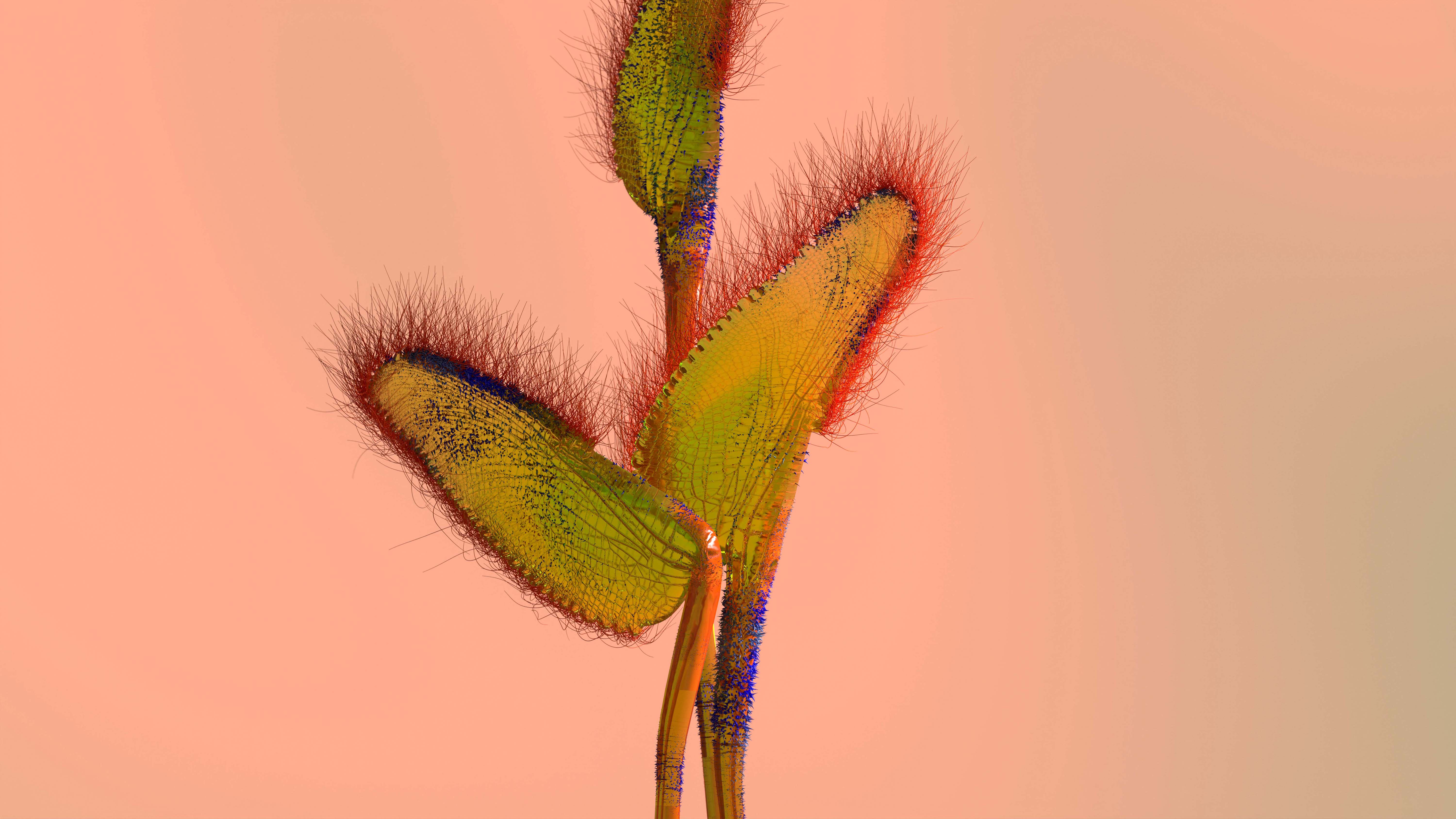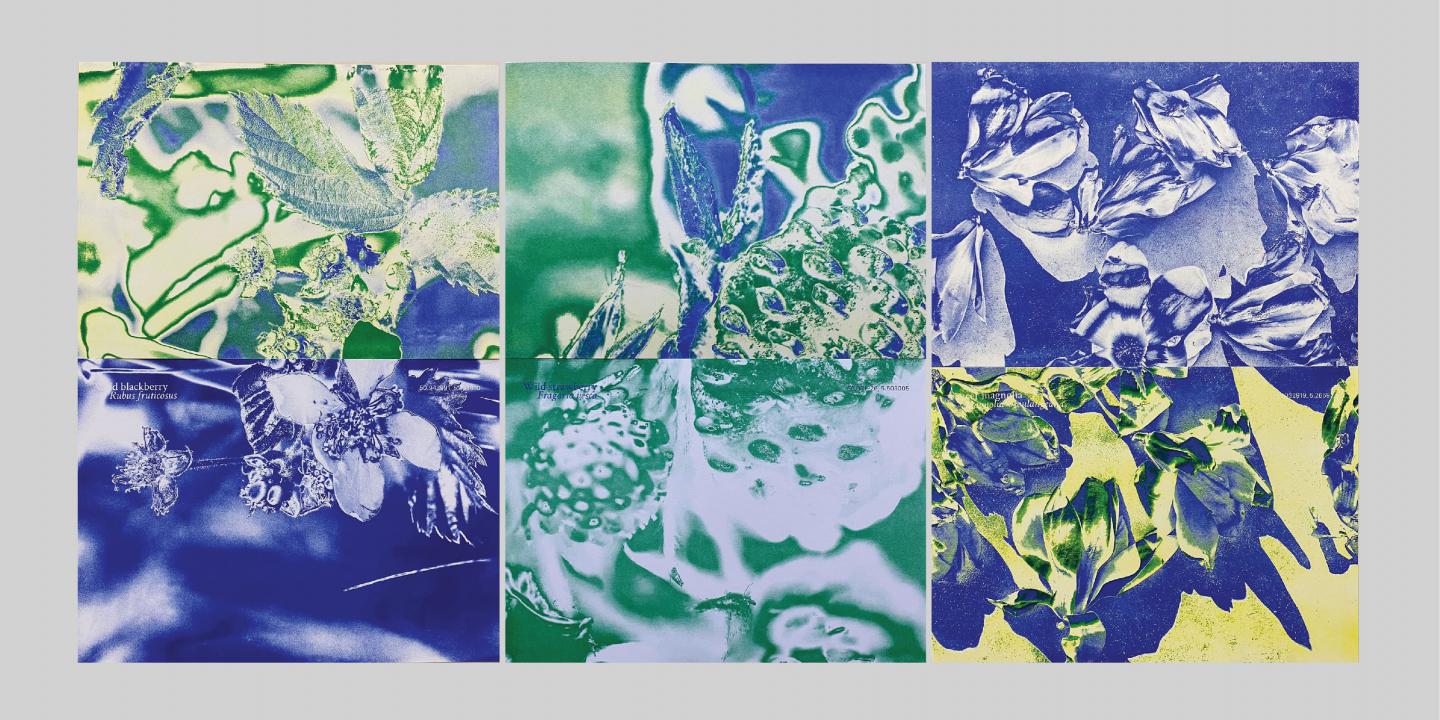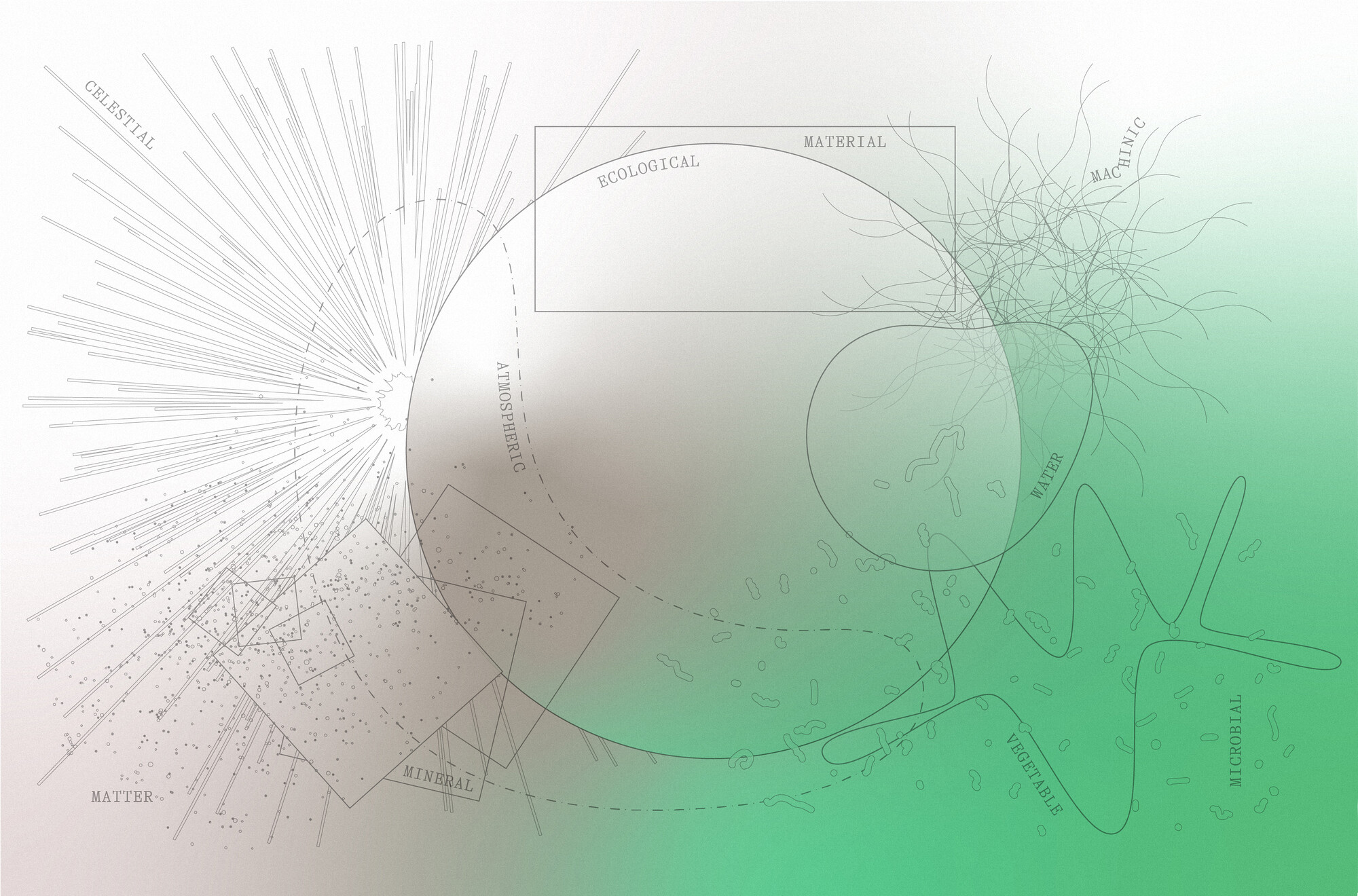From mushroom mycelium architecture to 3D printed homes for insects, here are a few of MOLD’s favorite exhibitions and installations at Milan Design Week 2019.
Houses for the Insects Inside your House
Designer Angelo Renna’s latest project “Lesser Houses” provides a series of 3D printed homes for bugs. Each miniature shelter was designed with a specific insect in mind, taking inspiration from their usual homes in nature. Renna hopes that the project will encourage people to think more about the biodiversity around them, even in their own home.
A Pop-Up Cafe for Fostering Conversation
Open for six days during Milan Design Week, Caffè Populaire is an anti-digital space crafted to bring people together over food. Instead of augmenting its design with digital technologies, the project discourages participants from using cell phones or computers. Its refined and earthy design is meant to build a comfortable space where people can talk and eat, instead of taking Instagram-worthy pictures.
Easily recognized for its classic design, the moka is one of the most iconic parts of Italian coffee culture. When tasked with redesigning the moka, British architect David Chipperfield sought to improve on its function and style, while still retaining its traditional shape. Chipperfield’s redesigning of the moka for Italian kitchen brand Alessi will be presented at this year’s design week.
Growing Architecture with Mushroom Mycelium
Italian architect Carlo Ratti’s installation, The Circular Garden, was grown with mushroom spores in organic material over the course of six weeks. The arched structures are assembled into four groups in the Orto Botanico di Brera botanical garden, where they will be used as compost after the exhibition.
Among the many bio designs featured in this year’s Ventura Future exhibition is Insectology: Food for Buzz, Matilde Boelhouwer’s solution to the scarce food availability for insects in urban environments. Boelhouwer’s concrete-based flowers provide an emergency food source for bugs, while also mimicking real flowering plants to notify the insects of a potential food source. Her designs are not only self-sustaining, but are also diverse enough to attract the top five potential pollinators.






